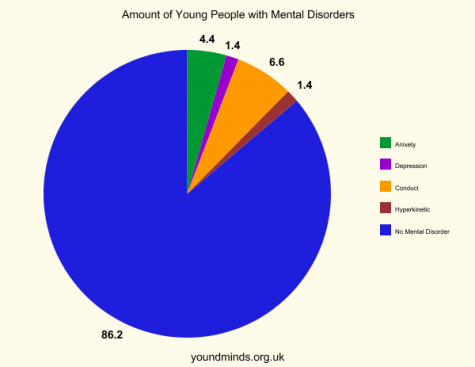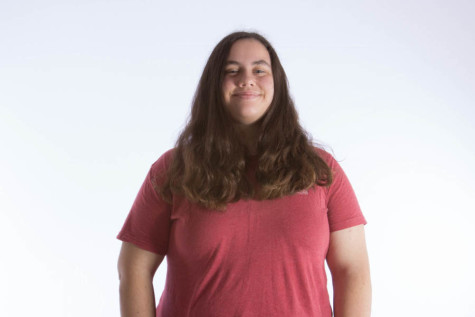Mental disorders increase in teens

photo via Google Reuse
We all feel a little crazy sometimes: freaking out for the chemistry test you forgot about until the night before, feeling more emotionally attached to your favorite TV show character than your best friend, talking to the computer screen. But for some people, it’s more than that. According to youngminds.org.uk, one in 10 children and young people ages 5-16 suffer from a diagnosable mental health disorder – that is around three children in every class. It is most common among teens to have anxiety, depression, conduct and hyperkinetic (ADHD) disorders.
According to youngminds.org.uk the number of teens ages 15-16 with depression nearly doubled between the 1980s and the 2000s. Of these, they are more common among girls, as by mid-adolescence they’re more than twice as likely to be diagnosed with a mood disorder than boys, with the prevalence at adult levels, 14 to 20 percent. This is because girls are more mature in terms of their emotional recognition, which is faster than boys — and that sensitivity makes them more vulnerable to depression and anxiety.
Many teen mental disorders, especially depression and anxiety start in school, with a big increase in sixth grade. A 2004 study of 2,259 students showed students who obtained less sleep over time reported heightened levels of depressive symptoms and decreased self-esteem. So there’s a simple solution, right? Get more sleep. Well, we all know how that goes, it’s not exactly easy to get to bed at 9:30 when when so many of us have two hour sports practice and two hours of homework to do every night. On top of that , it sometimes seems as if we’ve got a new test to study for each day, and this doesn’t even include time to eat, relax, and do chores around the house. All of this pressure builds up on students each year as classes get harder and more and more is expected of them from teachers until they crack. One way for students to make it easier on themselves is to only take honors or AP classes in their best subjects, so they aren’t stressed out over longer assignments that they don’t understand as well as they might the material in their favorite class.
There’s nothing wrong with people who have mental disorders, but it does get to be a problem when teens don’t go to someone for help. According to www.nimh.nih.gov, only 18 percent of teens with mental health issues seek help. One reason for this is many teens don’t believe they have any mental issues, or because they’re scared to admit they do. It is so important to get help because without it, a teenagers mental health can get to an even worse state. The number of teens admitted into the hospital for self-harm has increased by 68 percent over the past 10 years. Self-harming can be a side-effect of mental health disorders if help is not seeked out.
Mental health disorders are a prevalent issue across America in young people even more so these days. However, what was once seen as “mood swings” a few decades back is now being diagnosed, and it is still important for people to seek help when needed. These disorders are something more people than we may think go through, and it is important for us to acknowledge and not avoid them.
Your donation will support the student journalists of Kirkwood High School. Your contribution will allow us to purchase equipment and cover our annual website hosting costs.

Grade: 11
Twitter handle: @eamkirkemily
If you could be another Call staffer, who would you be?: Mimi Wright because she works really hard and is...







